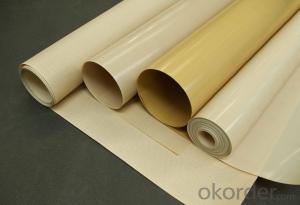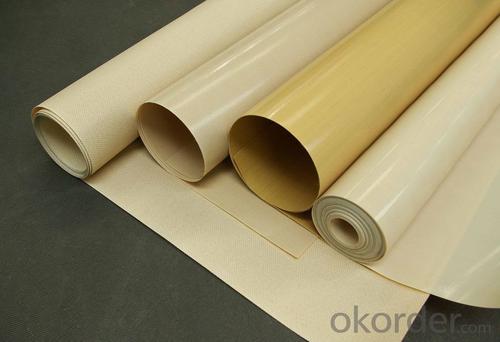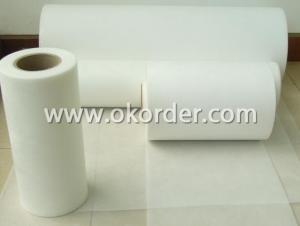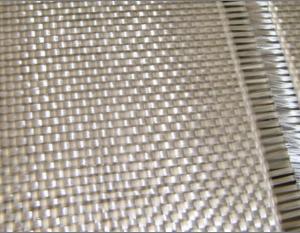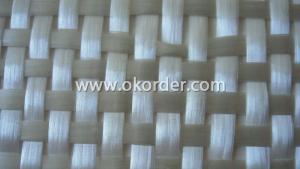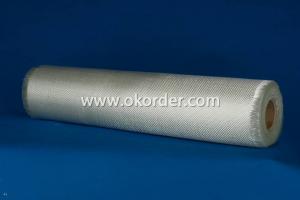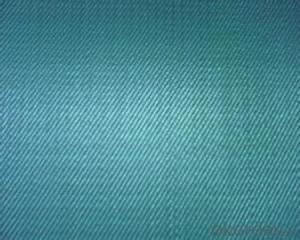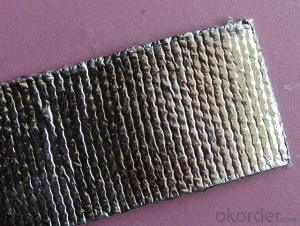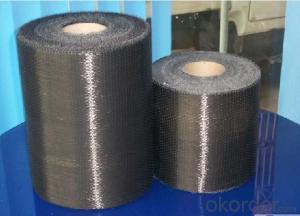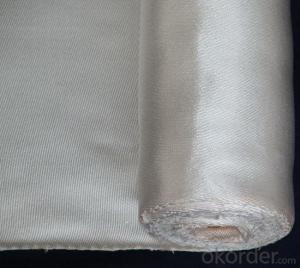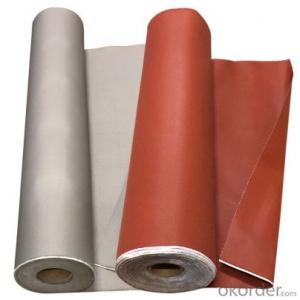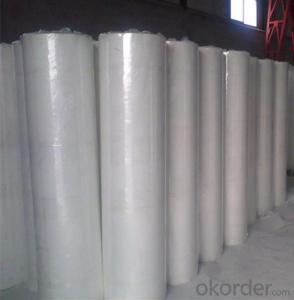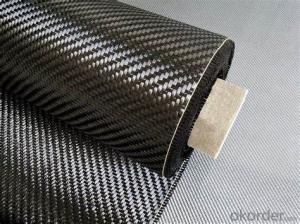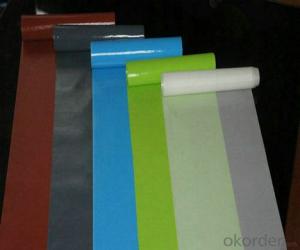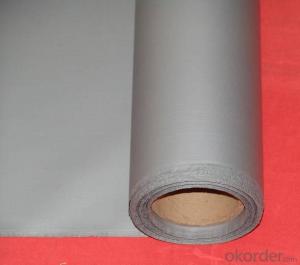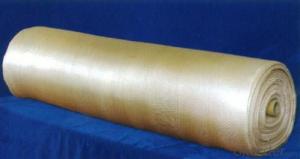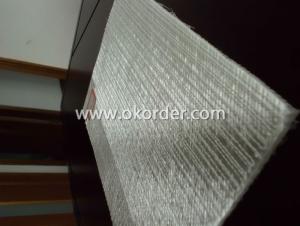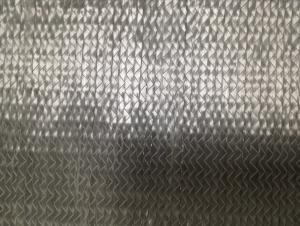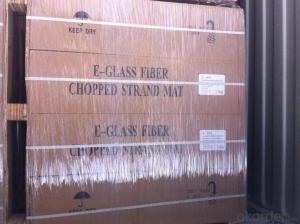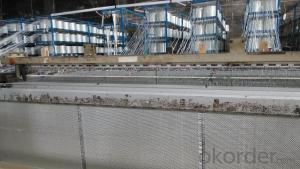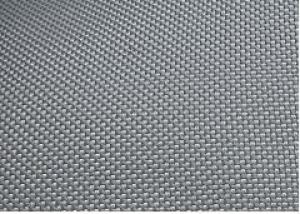Fiberglass Fabrics for Large Generating Corrosion Proofing Field with Silicone Coating
- Loading Port:
- Shanghai
- Payment Terms:
- TT OR LC
- Min Order Qty:
- 500 m²
- Supply Capability:
- 50000 m²/month
OKorder Service Pledge
OKorder Financial Service
You Might Also Like
Silicone Coated Fiberglass Fabric for Large Generating Corrosion Proofing Field
Fiberglass Fabric Description
Silicone coated fiberglass fabric is a fiberglass cloth, which possesses the properties of temperature resistance, anti-corrosion, high strength and is coated with organic silicone rubber.
Fiberglass Fabric Specification
Thickness:0.2mm-5mm
Width:100cm-150cm
Color;grey/red/silver/black
Weight(coating):130gsm-2800gsm
Model No | FSD2030 | FSD2030 | FSD2050 | FSD2100 | |
High temperature resistant(°C) | ≤280 | ≤280 | ≤280 | ≤280 | |
Low temperature resistant(°C) | ≥-40 | ≥-40 | ≥-40 | ≥-40 | |
Tensile intensity (N/50mm) | Warp | ≥1750 | ≥1750 | ≥2500 | ≥3500 |
Weft | ≥1280 | ≥1280 | ≥2100 | ≥3000 | |
Inflating burst intensity(Mpa) | ≥2.0 | ≥2.0 | ≥2.2 | ≥2.6 | |
Peeling intensity(N/m) | ≥450 | ≥450 | ≥520 | ≥600 | |
Insulation (kv/mm) | 16 | 16 | 18 | 18 | |
Weight (g/m*m) | 550-650 | 550-650 | 750-800 | 1500-1800 | |
Width(mm) | 1000±20 | 1000±20 | 1000±20 | 1000±20 | |
Thickness(mm) | 0.3-0.4 | 0.3-0.4 | 0.05-0.55 | 1.0-1.1 | |
color | Silver-gray, gray, red | lucency | Silver-gray, gray, red | Black, gray, red | |
Fiberglass Fabric Features:
1, Good performance on resisting high temperature and low temperature, -40°C-280°C;
2, High strength;
3, Ozone, oxide, light and weather aging resistance;
4, High insulation: dielectric constant:3-3.2, breakdown voltage: 20-50KV/MM;
5, Chemical corrosion resistant, oil-proofing, waterproofing (washable)
Fiberglass Fabric Application:
It has been widely used in construction, electric insulation,
chemical industry, pipeline ductile conjunction, large generating
Corrosion proofing field, machinery, metallurgy, sealing and so on.
Product Show
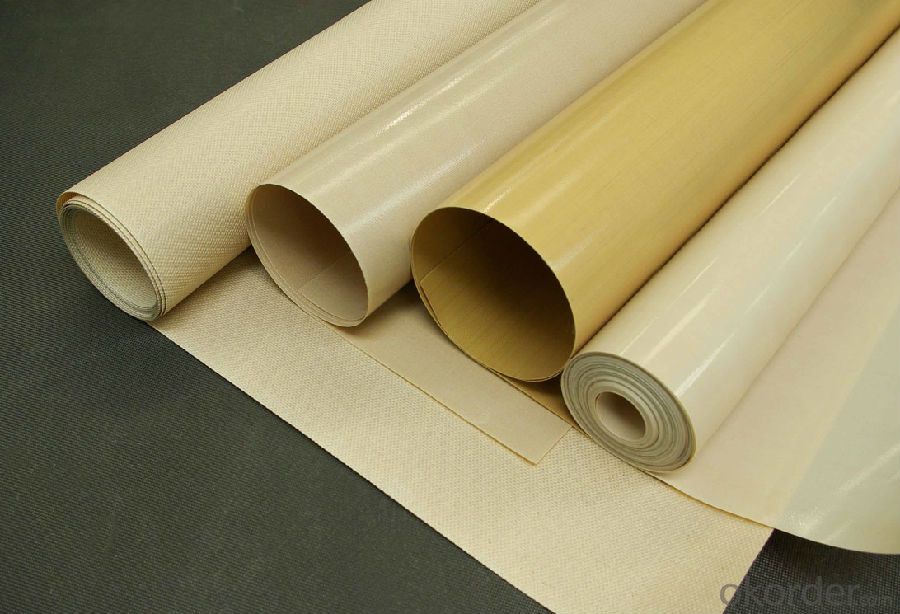
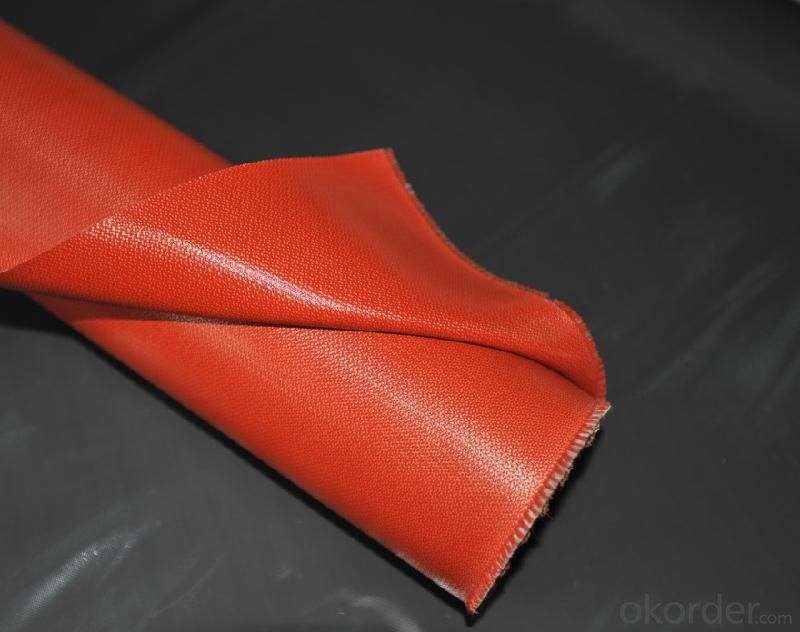
FAQ
1.What are the characteristics of fiberglass fabric?
a)Outstanding temperature resistance(from -70°C to +260°C)
b)Excellent chemical resistance
c)Superior non-stick surface, easy to clean
d)High dielectric strength
e)Dimensional stability
f)Resistance to UV, IR and HF
g)Non-toxic
2.How many methods to weave the fabric?
Four methods to weave the fabric:
a).Plain weave: it can be used in electricity insulation materials and reinforced materials in industry, because of inseparable structure, plain and clear lines.
b).Twill weave: compared with plain weave, it is of high density, high intensity, with a soft and loose structural weave. It can be used in ordinary reinforced materials, filter materials, and painting cloth.
c) Satin weave: compared with plain weave and twill weave, it is of high density,high intensity, with a soft and loose structural weave with a good texture. It is applicable for use as a higher reinforced material in machinery.
d).Gauze weave: said lattice twist weave. It can be used in spread model curtain,resin reinforced emery wheel gray cloth and lattice embed belt.
3.Can you offer us some samples?
We are willing to offer our customers best product&service,if it's necessary we can send
you sample for test;also we welcome all you customer have a trial order.
- Q: Can fiberglass fabric be used for insulation in aerospace applications?
- Yes, fiberglass fabric can be used for insulation in aerospace applications. It is a common choice due to its excellent thermal resistance, lightweight nature, and resistance to high temperatures. Additionally, fiberglass fabric provides good sound insulation, making it suitable for aerospace environments.
- Q: Is fiberglass fabric resistant to electrical conductivity?
- Yes, fiberglass fabric is resistant to electrical conductivity.
- Q: What are the different weights available for fiberglass fabric?
- Fiberglass fabric is available in various weights, typically measured in ounces per square yard (oz/yd²) or grams per square meter (g/m²). The weight of fiberglass fabric refers to the density or thickness of the fabric, which can vary depending on the intended application and desired strength. Some common weight options for fiberglass fabric include: - 3 oz/yd² (102 g/m²): This is a lightweight option suitable for applications where flexibility and ease of use are important, such as in lightweight composite parts, surfboards, or small craft repairs. - 5 oz/yd² (170 g/m²): This is a medium weight fabric that offers a balance between flexibility and strength. It is often used in boat building, automotive parts, and general fiberglass repairs. - 8 oz/yd² (272 g/m²): This is a heavier weight fabric that provides increased strength and durability. It is commonly used in applications that require higher impact resistance, such as in the construction of industrial tanks, pipes, or structural reinforcements. - 10 oz/yd² (340 g/m²) and above: These are heavyweight options that offer maximum strength and rigidity. They are typically utilized in demanding applications such as aerospace, wind energy, or heavy-duty industrial equipment. It is important to consider the specific requirements of your project when choosing the weight of fiberglass fabric. Factors such as the level of strength needed, flexibility desired, and the type of resin or adhesive being used should be taken into account to ensure the fabric meets the necessary specifications.
- Q: Is fiberglass fabric suitable for use in protective masks?
- Indeed, fiberglass fabric proves to be a fitting option for deployment in protective masks. Renowned for its unparalleled robustness and resilience, fiberglass emerges as an optimal selection for safeguarding equipment. It establishes a steadfast shield against particles, dust, and other detrimental agents. Moreover, fiberglass fabric boasts a featherweight composition, ensuring wearers can comfortably don the mask for prolonged durations without experiencing any distress. Furthermore, its resistance to fire further amplifies its appropriateness for protective masks. In conclusion, fiberglass fabric successfully fulfills the essential prerequisites for a dependable and efficient protective mask material.
- Q: Is fiberglass fabric resistant to UV degradation?
- Generally, fiberglass fabric is resistant to UV degradation. It is composed of fine glass fibers woven together to create a fabric. These fibers possess inherent properties that make them highly resistant to the damaging effects of UV radiation. While many materials can degrade and discolor over time due to UV rays from the sun, fiberglass fabric is designed to endure prolonged exposure to sunlight without significant harm. The glass fibers in the fabric remain unaffected by UV rays, making fiberglass fabric a durable and long-lasting material for outdoor use. However, it is important to note that extended exposure to intense UV radiation may still cause some level of degradation. Therefore, it is advised to take appropriate care and maintenance measures, such as regular cleaning and occasional application of UV protectant coatings, to ensure the longevity of fiberglass fabric in outdoor settings.
- Q: Is fiberglass fabric resistant to UV degradation in outdoor applications?
- Yes, fiberglass fabric is highly resistant to UV degradation in outdoor applications. Fiberglass fabric is made from fibers that are manufactured to withstand prolonged exposure to sunlight and other environmental factors. The fabric is treated with special coatings or finishes that provide additional protection against UV radiation. This UV resistance makes fiberglass fabric an ideal choice for outdoor applications where exposure to sunlight is a concern, such as in awnings, canopies, and outdoor furniture. Additionally, fiberglass fabric maintains its strength and integrity even after years of exposure to UV rays, ensuring its long-lasting performance in outdoor settings.
- Q: Can fiberglass fabric be used for making sports equipment?
- Yes, fiberglass fabric can be used for making sports equipment. It is a lightweight, durable, and flexible material that is commonly used in the production of various sports equipment such as kayaks, surfboards, hockey sticks, and bicycle frames.
- Q: Can fiberglass fabric be used for heat shields?
- Yes, fiberglass fabric can be used for heat shields. It has excellent thermal insulation properties and can withstand high temperatures, making it a suitable material for heat protection applications.
- Q: What are the different fiberglass fabric finishes for chemical resistance?
- There are several different fiberglass fabric finishes available for chemical resistance, including silicone, PTFE (polytetrafluoroethylene), neoprene, and vinyl. These finishes are applied to the fiberglass fabric to provide a protective barrier against various chemicals, making the fabric suitable for use in industries such as chemical processing, oil and gas, and wastewater treatment. Each finish offers different levels of resistance to specific chemicals, so the choice of finish will depend on the specific needs and requirements of the application.
- Q: Can fiberglass fabric be used for insulation tapes?
- Yes, fiberglass fabric can be used for insulation tapes. Fiberglass fabric is known for its excellent thermal insulation properties, making it an ideal material for insulation tapes. It can effectively prevent heat transfer and provide insulation for various applications, such as electrical, HVAC, and industrial insulation. In addition, fiberglass fabric is also resistant to fire, chemicals, and moisture, making it a durable and reliable option for insulation tapes.
Send your message to us
Fiberglass Fabrics for Large Generating Corrosion Proofing Field with Silicone Coating
- Loading Port:
- Shanghai
- Payment Terms:
- TT OR LC
- Min Order Qty:
- 500 m²
- Supply Capability:
- 50000 m²/month
OKorder Service Pledge
OKorder Financial Service
Similar products
Hot products
Hot Searches
Related keywords
